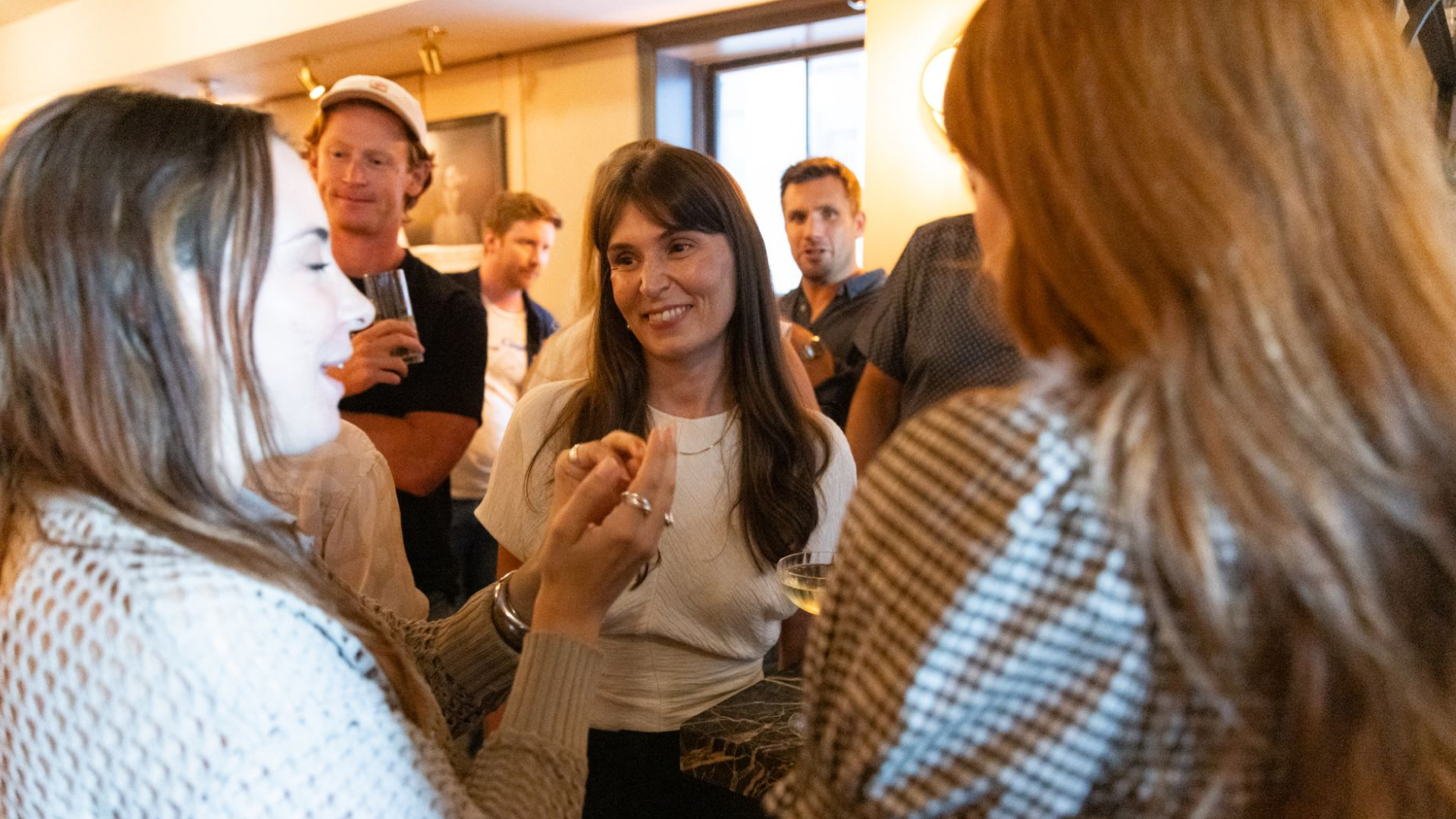Off Madison: What It Takes to Be a Strategist Now
There are thousands of strategists in agencies, brands, and startups who feel that small pit in their stomach about what’s next. Teams are shrinking. Roles are blurring. AI is rewriting workflows faster than job descriptions can keep up.
That tension, between uncertainty and opportunity, is exactly why we hosted Off Madison during Ad Week: a space for strategists to pause, compare notes, and learn from each other about how to stay curious, relevant, and human as the work evolves.
Hosted by James Hurman at Pebble Bar in New York, the evening brought together Tomás Gonsorcik, Tom Bates, Lara O’Shea, and Faris Yakob for two sharp, funny, and unfiltered conversations.
Their central question: What does it take to be a great strategist now?
You had to be in the room for the full story, but we did what we could to condense down the best bits.

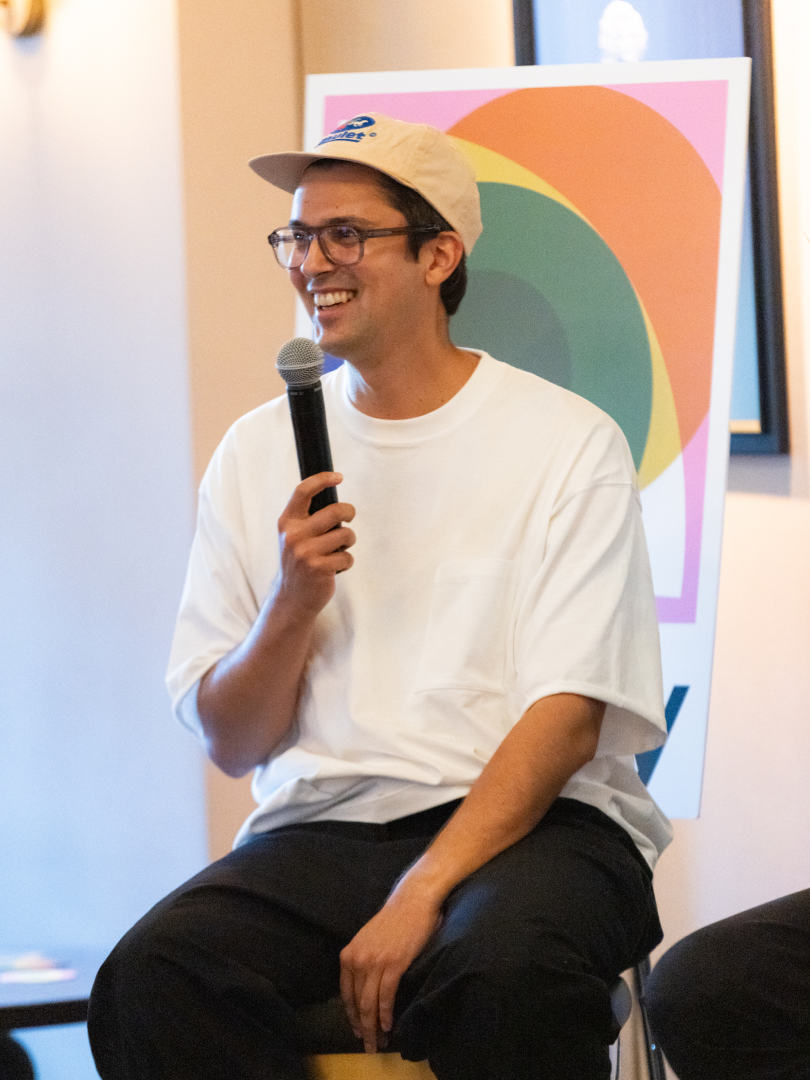
1. Integrating Technology: Strategy as System
As Tomás put it, “If AI is an accessory, it’ll never be successful.” When technology is bolted on at the end, it only adds friction. Built in from the start, it becomes an architect, a shared system of intelligence connecting strategy, creativity, and execution.
They discussed the power of creating a “memory layer” that captures a brand’s best thinking—the insights, leaps, and learnings that guide decisions. When everyone, from planners to clients, draws from that living source of knowledge, “strategy becomes dynamic,” Tomás explained.
Tom noted that the challenge isn’t just technological, it’s cultural. “What makes a good strategy for a client is simple: clarity and the argument to win,” he said. “But we’ve lost some of the mentorship and structure that used to create great strategists.”
AI may change workflows, but it can’t replace clarity, craft, or culture. As Tomás summed it up: “Taste leads and the machine follows.”
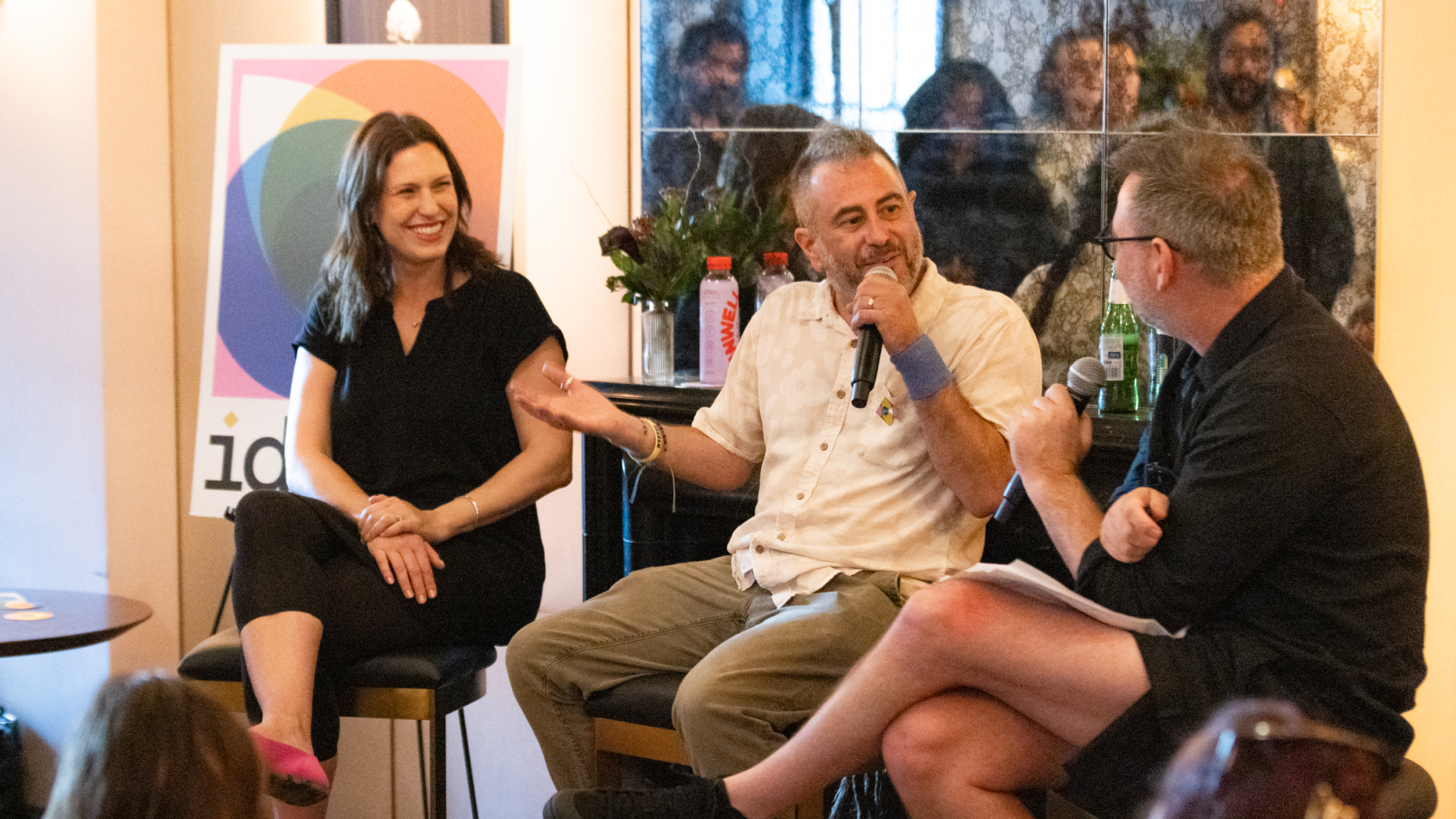
2. The Strategist’s Evolution: From Skills to Systems
The second conversation, Double Down on Soft Skills, opened with Lara and Faris examining how the strategist’s role is expanding, not disappearing, in the face of new technology.
Both agreed that the next generation of strategists will need to blend creative intuition with technical fluency. Curiosity, storytelling, and empathy remain core skills, but they now have to coexist with an understanding of how systems, data, and AI can extend human imagination.
Lara shared that AI has “given her the freedom to think more deeply, not less,” by taking on repetitive work that once filled her day. For Faris, it’s about adaptability: “Craft isn’t dying; it’s shifting,” he said.
What makes a strategist valuable today isn’t mastery of a single discipline but the ability to learn, experiment, and reframe problems as the world changes. The strategist’s edge now lies in using technology to push ideas further, without losing the human perspective that gives them meaning.
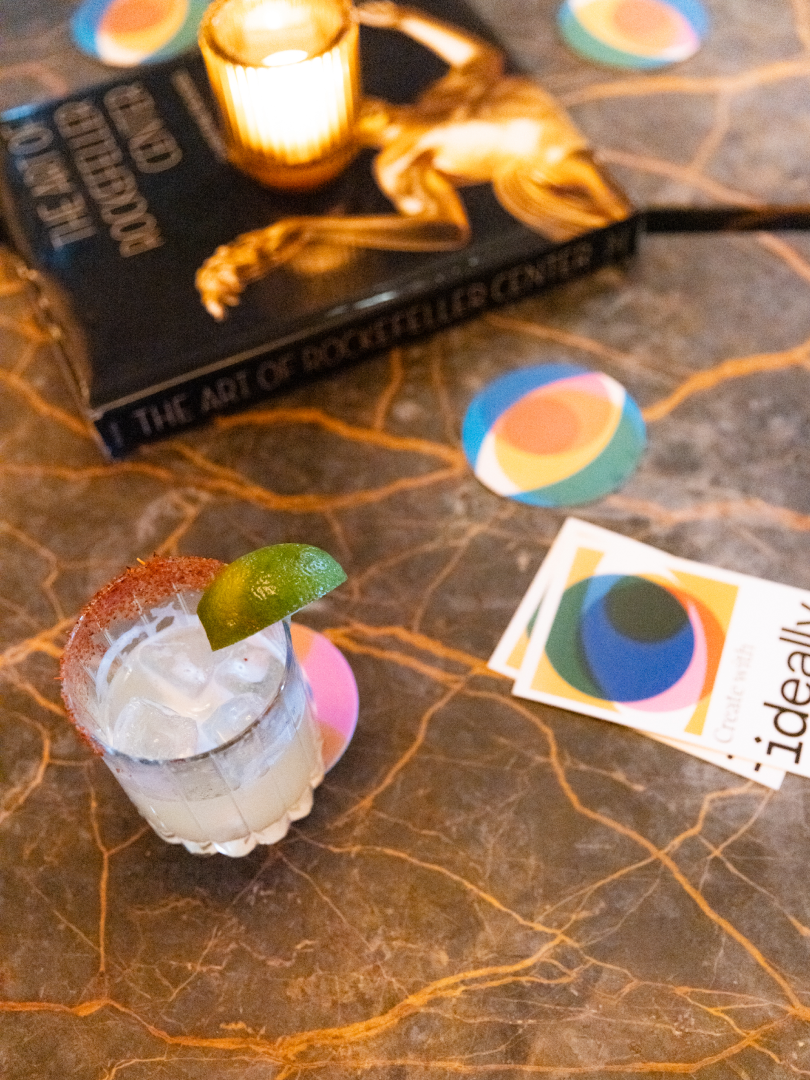
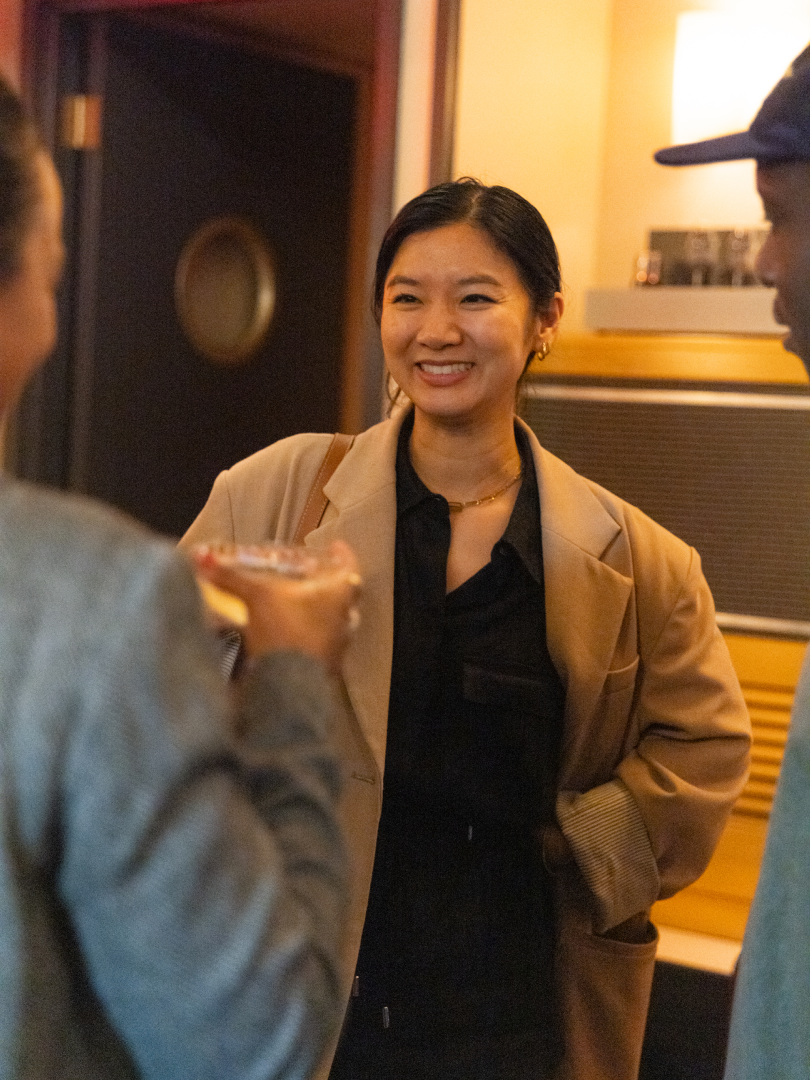
3. Remembering the Human: What Doesn’t Change
Across both sessions, one theme anchored the discussion: remember the human.
AI, data, and automation can enhance how we think, but not why we think. The strategist’s role has always been to bring empathy into systems, to challenge assumptions and ensure brands see people as people.
Faris reminded the room that “every new medium reshapes behaviour, but not the need underneath.” Trends and tools will come and go, but the fundamentals stay the same: people want to feel understood, and they make emotional decisions before rational ones.
Remembering the human means holding onto those constants and the emotional truths that make strategy matter. It’s about ensuring that progress doesn’t flatten perspective, and that speed doesn’t replace substance.
Those fundamentals aren’t nostalgic. They’re the reason the work matters at all.
Off Madison is part of Ideally’s event series, bringing creative and strategic thinkers together to explore how technology, empathy, and imagination can shape the next era of insight and creativity.
